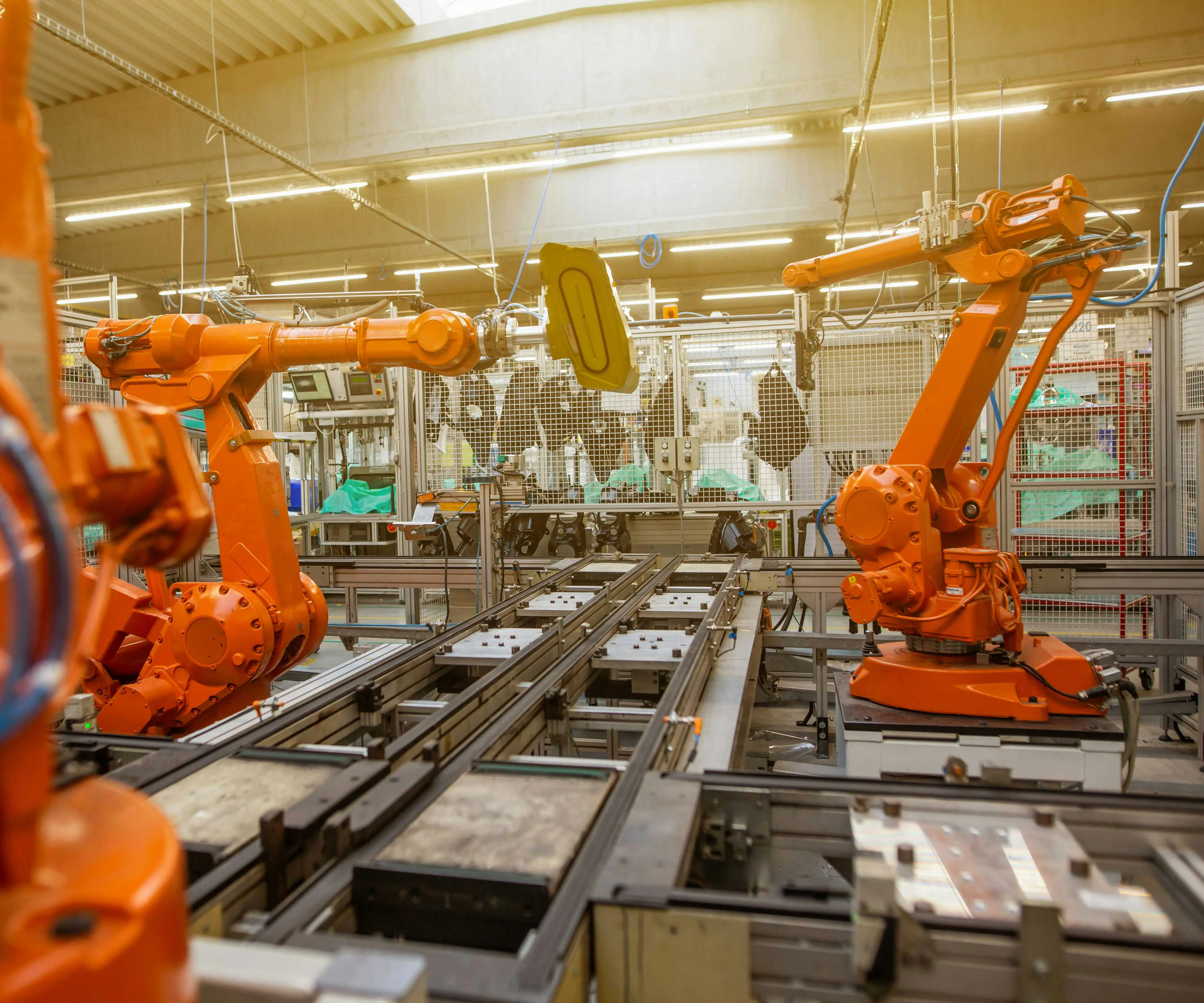Imagine a busy conveyor belt in a packaging plant, boxes moving smoothly from one station to the next, each step precise and seamless. Behind that kind of efficiency, one tiny but mighty component is working tirelessly — the servomotor. It’s not just a motor; it’s the brain that makes mechanical movements smart, controlled, and flexible.

So, what exactly does a servomotor do? Think of it like a conductor leading an orchestra. It controls the position, speed, and torque with high accuracy. Whether you're talking about robotic arms on assembly lines or camera lens adjustments in high-end electronics, the servomotor is the hero. It transforms raw power into precision motion.
Ever wonder how a 3D printer makes those tiny, perfect layers or how CNC machines carve intricate designs out of metal? The secret sauce is a servomotor’s ability to respond instantly to commands, adjusting itself to achieve complex shapes with minimal error. It’s fascinating how such a small component can have such a profound impact on manufacturing quality and speed.
People often ask, “Why should I bother with a servomotor instead of a regular motor?” Well, imagine needing to stop at precisely a certain position without overshooting. Traditional motors can struggle with that. Servomotors are designed to handle these challenges. They have built-in feedback systems, like encoders, that tell them exactly where they are at any moment. That means smoother operations, less waste, and better control over your project. It’s a leap from simple on-off motors to dynamic, intelligent movement.
For industries aiming to increase efficiency, reduce downtime, and boost product accuracy, choosing the right servomotor is key. High-performance servomotors deliver quick acceleration, high torque at precise angles, and tight control—features essential for automation, robotics, or even complex packaging machines. They’re the backbone of modern manufacturing, quietly powering innovation.
Of course, selecting a servomotor isn’t just about grabbing the biggest or cheapest one out there. It’s about matching performance specs to your specific needs. Do you need rapid acceleration? High torque? Or perhaps your operation demands long-term durability? And what about energy consumption? Some models consume less power but still deliver impressive performance.
When thinking about different applications, remember: a servomotor can be the difference between a machine that works “okay” and one that operates seamlessly, almost intuitively. It’s not just about moving parts; it’s about making machines smarter, more adaptable, and more reliable.
So, it's worth asking—are you getting the right servo for your project? How do you measure the quality? Usually, it boils down to durability, response speed, and control accuracy. If a servomotor can do all that without breaking a sweat, it's a good sign it's built to last.
In short, choosing the right servomotor is like investing in the heart of your automation system. It’s about pushing for precision and efficiency, making sure each movement is just right. Whether you’re upgrading an existing setup or building from scratch, understanding what a servomotor can do will help you unlock new levels of productivity.
Established in 2005, Kpower has been dedicated to a professional compact motion unit manufacturer, headquartered in Dongguan, Guangdong Province, China. Leveraging innovations in modular drive technology, Kpower integrates high-performance motors, precision reducers, and multi-protocol control systems to provide efficient and customized smart drive system solutions. Kpower has delivered professional drive system solutions to over 500 enterprise clients globally with products covering various fields such as Smart Home Systems, Automatic Electronics, Robotics, Precision Agriculture, Drones, and Industrial Automation.




































